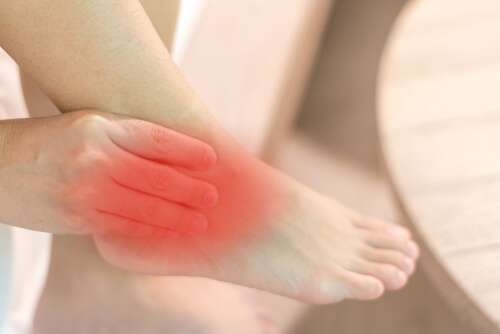
An avulsion fracture is an injury to a bone that is found at the location where the tendon or ligament attaches. This is sometimes known as the insertion point.
Avulsion fractures occur because a sudden amount of force against the bone has resulted in the tendon or ligament pulling hard against the bone and then becoming lost – pulling away a small piece of bone as they do.
These types of fractures are most common in a number of areas, such as the ankle during a twist. An example might be a twisted ankle caused by stepping awkwardly off of a pavement, or perhaps running and getting your foot caught in a rabbit hole. In the latter scenario, the individual might then fall, twisting in one direction due to the continuing momentum, while their foot remains completely still. This can then cause the tendon to pull against the bone, eventually causing it to pull that piece of bone away.
Avulsion fractures are one of the lesser-known types of fracture, and because they are often caused in a way that is more often associated with a twist or sprain, it is easy for them to go unnoticed or to be misdiagnosed.
This post will explore symptoms of avulsion fractures that can help you to better recognize them.
1. Swelling
One of the most common and notable symptoms of any kind of fracture is swelling. This occurs as the body attempts to try and repair the area. Blood flow will, therefore, increase to the region in a bid to deliver oxygen and nutrients that it can use to start to rebuild.
At the same time, the body will try to send more antibodies there and to make the environment less hospitable for invading bacteria. All of this will actually help to improve recovery and so inflammation itself should not be considered a “bad thing.”
The problem occurs when that inflammation is too great and begins to threaten to damage the surrounding tissue. It can also cause a lot of pain and immobility. To manage this inflammation, you should spend time resting it, keeping it elevating, applying cold, and compressing. Some painkillers can also help such as ibuprofen and aspirin which work as vasodilators and blood thinners respectively. You could even try contrast therapy by alternating the use of hot and cold around the area.


